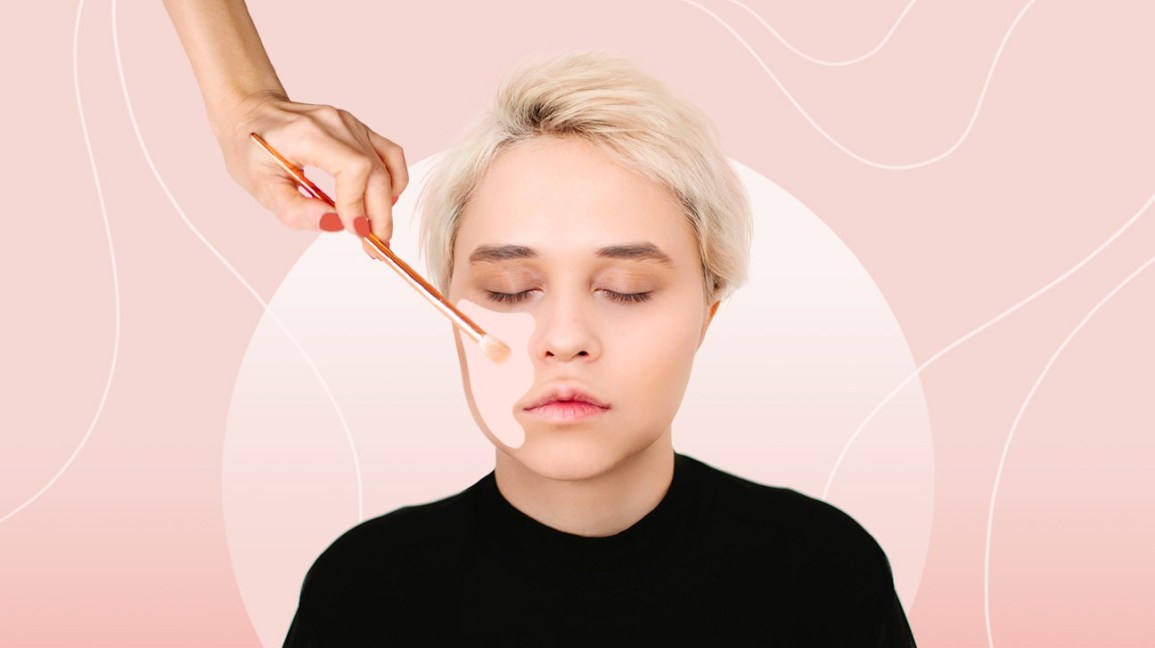
Almost 20 years ago, In Sex In The City, Samantha gets the most unfortunate reaction to a chemical peel, looking like “beef carpaccio”. No one who has seen the episode will ever forget Samantha’s burnt face, but we’ve come a long way since then, and we should all know that chemical peels today are applied differently.
THE NEW AGE PEELS ARE NON-PEELING
If the mention of chemical peels brought a cringe to your face, you are not alone. Peels in the past were meant to intentionally hurt, and left people’s faces red and raw. Today’s new age peels have revised acid formulas and doctors today have changed their approach to using them. While the idea in the past was to cause visible peeling with results only visible after significant downtime, new age peels today go by the no-peel policy. Their goal is to infuse the skin with the right ingredients (in the appropriate strength), to reduce the appearance of lines, even out skin tone and increase cellular turnover, so that it’s just enough for you to reap the rapid reveal, without the scary downtime.
According to Dr Michelle Lim, the primary aim of a chemical peels is essentially exfoliation, but unlike a scrub, the exfoliation is chemical. By removing the uppermost layers of the skin, chemical peels are perfect ways to revive dull and lacklusture complexions by exposing new and healthier skin cells underneath.
THERE ARE DIFFERENT TYPES OF PEELS TO SUIT DIFFERENT PEOPLE
Yes, so don’t think that one peel is for everyone.
Common peels include salicylic acid, glycolic acid and lactic acid, while stronger peels can be a combination of peels (customized peels), trichloroacetic or phenol peels. Phenols are the deepest type of chemical peel, but these are not as frequently used because of its risks and since the invention of safer and highly effective fractional resurfacing lasers. “Lunchtime peels” are most popular today where the goal is not really to cause visible peeling but to create a more radiant canvas, improve collagen production and to reduce fine lines.
AT-HOME PEELS ARE LOW RISK (AND YOUR SECRET TO HEALTHY SKIN)
Chemical peels can improve skin texture, and you certainly can find those peels for home use. They can also be used to improve acne and pigmentation as well. But don’t be adventurous and go for the potent stuff first. Look for sustained released formulas which are moisturizing at the same time. At-home peels are great to maintain results between your laser resurfacing treatments (use with advice from your doctor), and if you already have pretty “ok” skin, it peels off dull skin at a fraction of these treatment prices!
